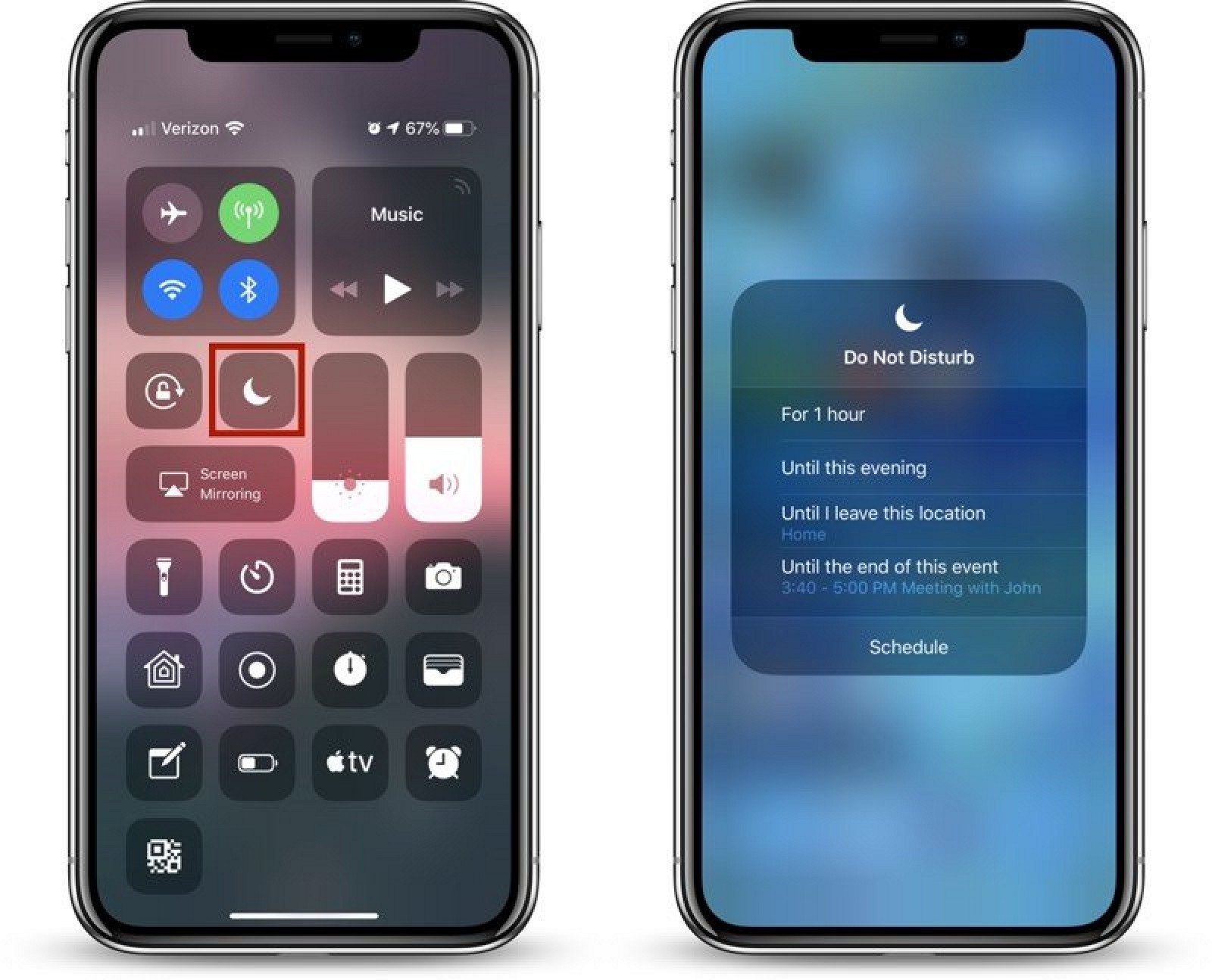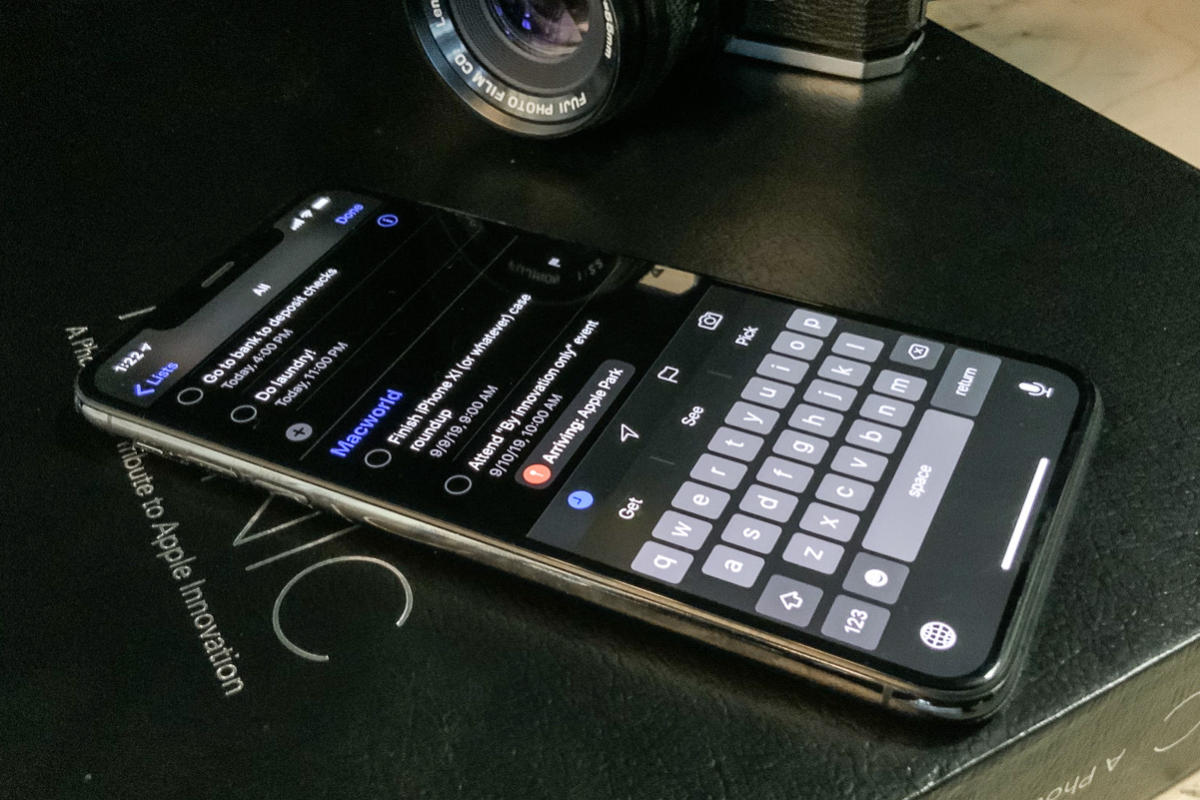Transferring iPhone photos and videos to your Mac can save precious space on your mobile device. Plus, it’s easier to edit and retouch when you’ve got a larger screen with a higher resolution, not to mention that native Mac tools allow you to convert, resize, and organize your images in no time. In this article, we’ll cover the four quickest ways to transfer your images over.
The best ways to transfer photos from an iPhone to a Mac
Air Copy Mac OS App Designed to work with the ION Air Copy wireless scanner, the Air Copy app brings documents and photos onto your iPad, iPhone, or iPod touch in seconds. The Air Copy wireless scanner’s ultra-portable design and independent Wi-Fi network give you the ability to scan anywhere wirelessly.
Because iPhone and Mac are parts of the Apple ecosystem, there are multiple ways to connect them and move content around. Some involve using a USB cable, others work wirelessly. These methods have proven the handiest in our experience:

- Sync photos to your Mac using Finder (macOS Catalina or later)
- Move photos and other content with AnyTrans
- Import pictures to the Photos app
- Upload photos using ImageCapture
- AirDrop photos from iPhone to a Mac
- Transfer photos using iCloud
Let's talk about all these in more detail.
Before you transfer your iPhone pictures to the Mac
Although Macs have more storage than iPhones, that storage is not infinite, so you might want to avoid dumping thousands of unneeded pics onto your Mac. We’re talking blurry party selfies, multiple shots of the same sunset, taken just seconds apart, long-forgotten screenshots of long-forgotten conversations — those can add up to a few gigabytes.
So before you start the transfer, scan your iPhone pics with Gemini Photos: Gallery Cleaner. This app will find all the clutter you’ve accumulated over the years, such as similar shots and blurry photos, and help you delete them in no time.
Now that you’ve done that, here are our top ways to transfer photos and videos.
How to import photos from an iPhone or iPad to a Mac with a USB cable
The most common ways to transfer pictures from your iPhone to your Mac involve connecting your devices with a USB cable. But even then, you have options depending on which application you want to use. Below you’ll read about four different apps that will help you sync your photos.
Move photos from iPhone to Mac using Finder
Starting with macOS Catalina (10.15) or later, you can sync your iPhone with a Mac using Finder. Follow these steps to sync photos from your iPhone to your Mac:
- Connect your iPhone to your Mac with a USB cable.
- On the Mac, open a new Finder window.
- In the sidebar, under your Devices, click on your iPhone.
- At the top of the window, click Photos.
- Check the “Sync Photos” box.
- Choose the app or folder that you want to sync from.
- Choose to sync all photos and albums or just selected albums.
- Click Apply.
Copy photos from iPhone to Mac with AnyTrans
iCloud and Photos are obvious choices for image transferring, but they're not without flaws. If you want to transfer all content from your iPhone without having to wait forever, and back it up at the same time, a third-party utility like AnyTrans for iOS makes much more sense.
A combination of a backup tool and media downloader, AnyTrans helps you migrate content. Here’s how you use it to move photos and everything else from your iPhone:
- Launch AnyTrans and ensure both your devices are connected to the same network.
- Connect iPhone to your Mac’s USB port.
- Allow AnyTrans access to your photo library.
- Go to Device Manager > Export iPhone content to computer.
Your content will travel instantly. What’s more, it will sync to iCloud — so there’s no need to worry your photos don’t have a backup.
Import photos from an iPhone or iPad to a Mac using Photos
One of the quickest methods is to plug the Lightning-to-USB cable you use to charge the iPhone into one of your Mac’s USB ports. When an iPhone is connected, the macOS Photos app automatically opens and suggests importing your photos. Here’s the import process, step by step.
- Connect your iPhone to the Mac using a Lightning-to-USB cable
- If needed, unlock your iPhone and confirm it trusts the device
- The Photos app should load and show you the images from your iPhone in the main window. If that doesn't happen, select your iPhone from the left-hand menu in the Photos app. Now you’ll see all of the images and videos stored in your iPhone’s Camera Roll.
- Click Import All New Items in the top right-hand corner, or go through the photos, select the ones you want to import, and click Import Selected
Once the import is complete, you can ask Photos to automatically delete the pics on your iPhone, giving you space to start again and take even more pictures.
Upload photos from iPhone to Mac using Image Capture
Another method for transferring your pictures from iPhone to Mac is with the Image Capture app, which comes by default with macOS. Follow these steps to import pics from your iPhone:
- Connect your iPhone to your Mac with a USB cable.
- On your Mac, open Image Capture.
- In the sidebar, select your iPhone under the Devices category.
- At the bottom of the window, click the Import To menu to choose where to save your pictures.
- Select the pictures you want to import and click the Import button or click Import All.
How to transfer photos from an iPhone or iPad to a Mac wirelessly
If you don’t have a USB cable nearby, don’t worry. You can still send pics from your phone wirelessly. And even if you have a cable close, you might want to try one of these methods to save you the hassle of plugging your iPhone into your computer.
Send photos from iPhone to Mac using AirDrop
If you need to move just a few of your images over to your Mac, the quickest way to do that is by using AirDrop.
Start by switching AirDrop on your iPhone.
- Go to Settings
- Tap General
- Scroll to AirDrop
- Set this to Everyone to send data via AirDrop to any device
Now switch it on on your Mac:
- Open Finder
- Click Go in the menu bar and select AirDrop
- A Finder window will open, with the AirDrop icon at the bottom. It looks like an old-fashioned set of blue radio waves
- Below this icon is a dropdown. Click on it and select Everyone.
Give both devices a few moments to find one another.
Now, here’s how you transfer photos from your iPhone to your Mac with AirDrop:
- Open Photos on your iPhone
- Select the pics you want to transfer
- Tap the sharing button in the bottom left-hand corner
- Wait till AirDrop finds your Mac and tap on it
- On your Mac you’ll see a pop-up window asking you to accept the photos. Click Accept.
Depending on your Mac’s settings, you may be asked where you want to save the photos. Once you’re done transferring, you can switch off AirDrop on your Mac and iPhone.
Sync photos from an iPhone or iPad to a Mac using iCloud
Another way to move photos from an iPhone to a Mac is with iCloud. iCloud Photo Library, a.k.a. iCloud Photos, can do all the heavy lifting. However, if you’ve got over 5GB of photos and videos, you’ll need to upgrade your storage plan, paying anything from $0.99 per month for 50GB to $9.99 for 2TB of cloud storage.
To set up iCloud Photo Library on your iPhone, follow these steps:

- Go to Settings
Tap on your name at the top
- Go to iCloud
- Underneath the iCloud storage indicator, you’ll see a list of Apps Using iCloud
- Tap on Photos
- Switch on iCloud Photos
Now, to set it up on your Mac:
Copy Ios App From Iphone To Mac Iphone
- Launch the Photos app
- Go to the Photos menu in the menu bar
- Click on Preferences
- Next, click on iCloud
- Check the box next to iCloud Photo Library (iCloud Photos in macOS Mojave)
Copy Ios App From Iphone To Mac Download
Provided you’ve followed both series of steps and both your devices are using the same Apple ID, your photos and videos will automatically sync between iPhone and Mac.
Free Ios Apps
Remember: while you have iCloud Photo Library on, any changes you make to photos on one device will automatically sync to the other. So if you want to delete them on your iPhone and keep them on your Mac, switch off the sync after you’ve transferred everything.
Copy Ios App From Iphone To Mac Computer
Whichever method you use, Apple makes it easy to transfer photos and videos from an iPhone to a Mac. Just make sure you move the pics you really need, otherwise you’re just shuffling clutter around.